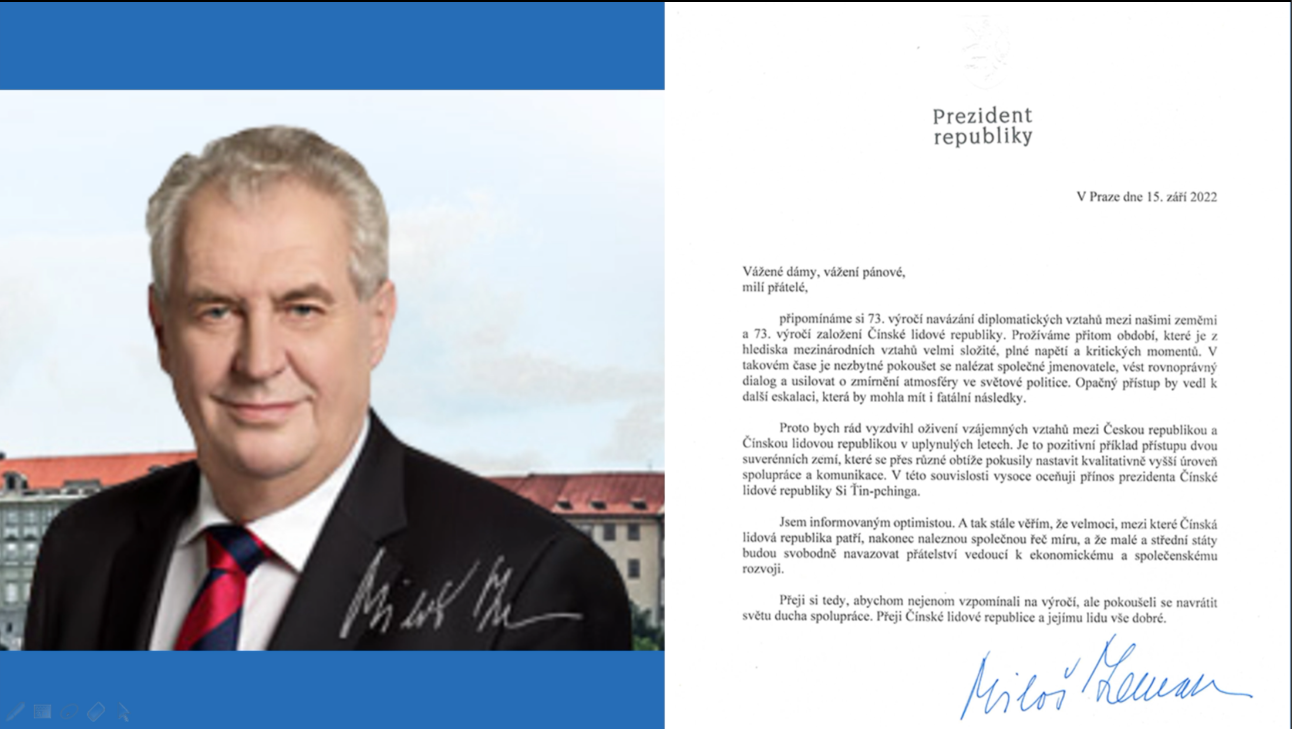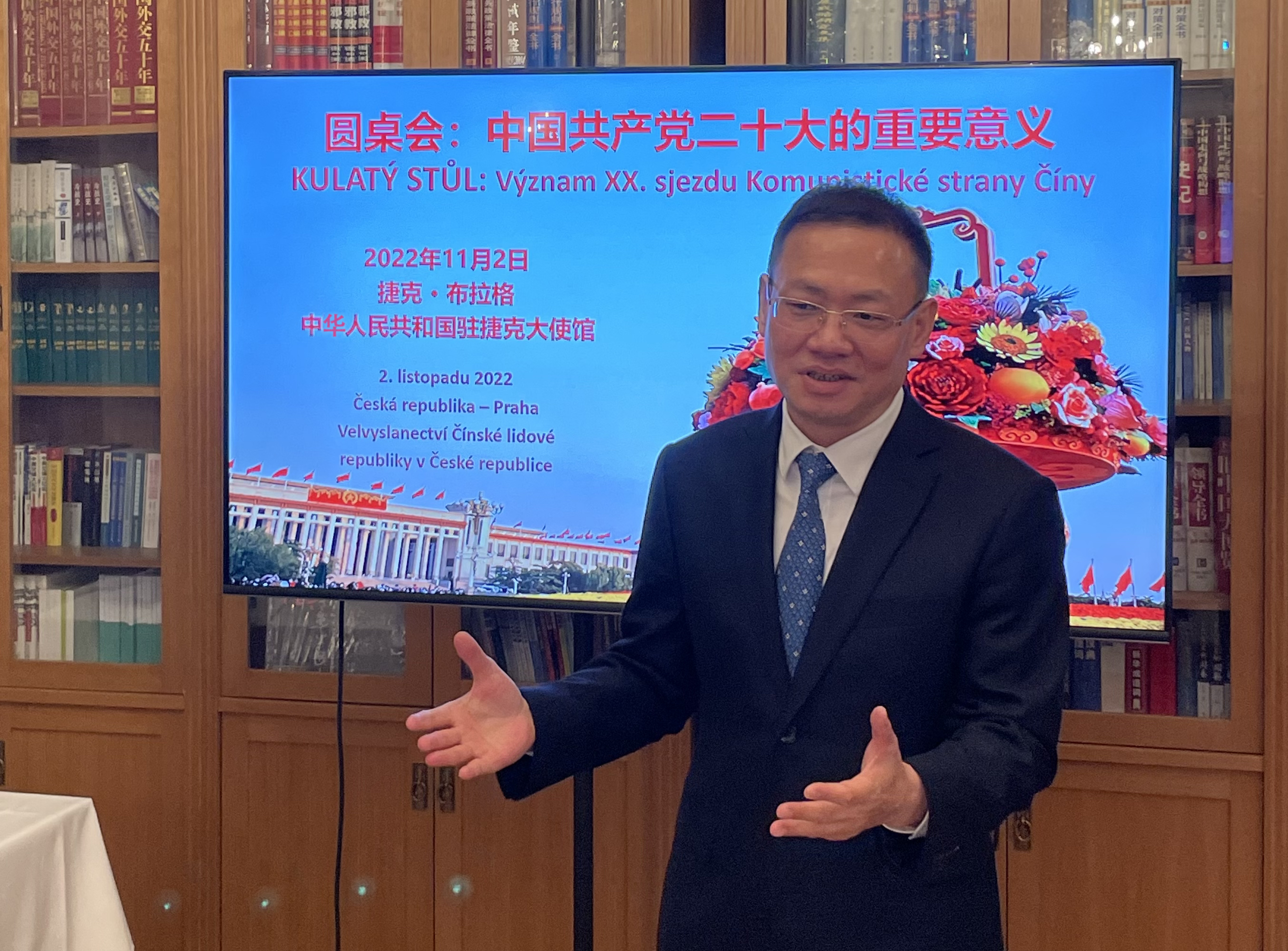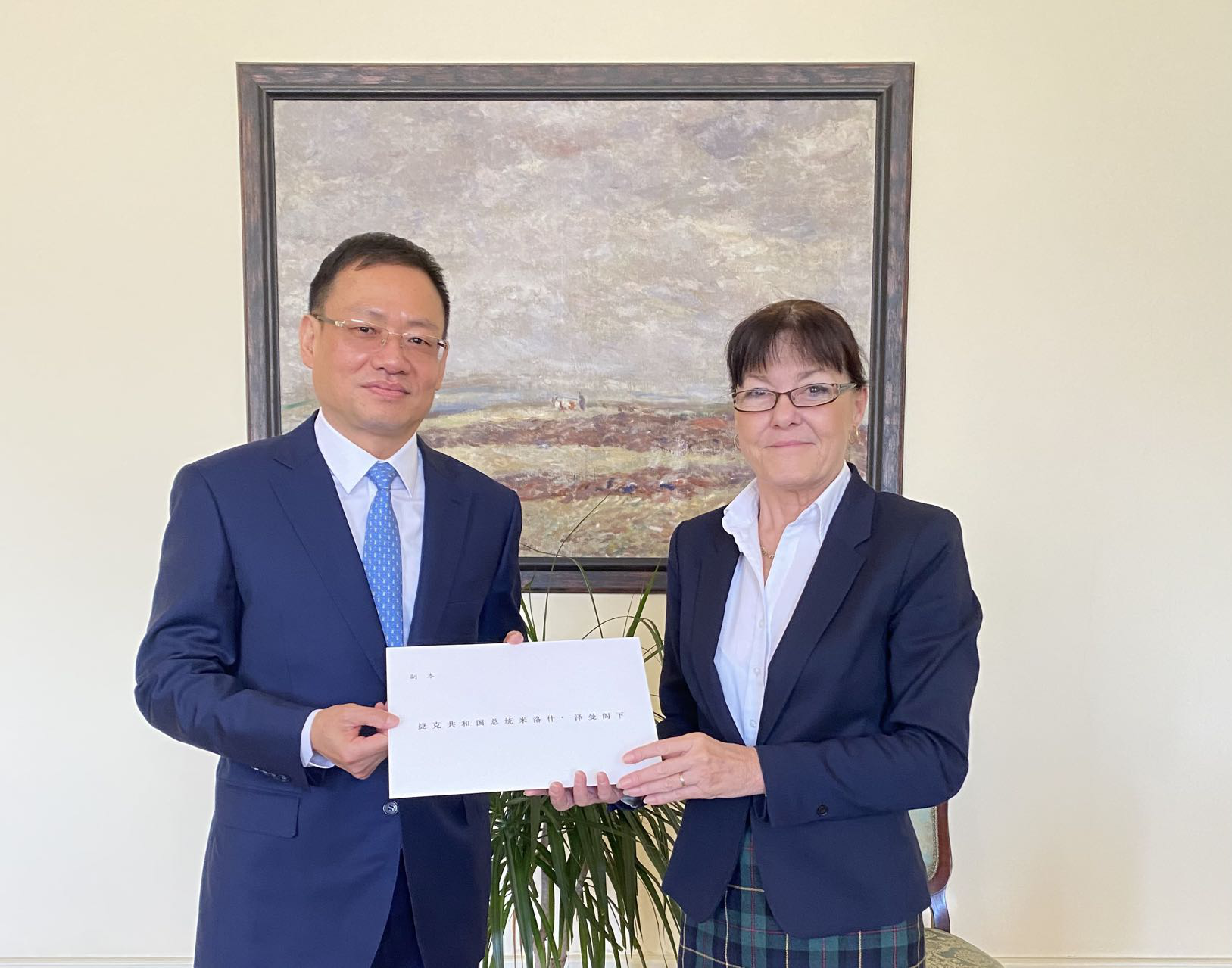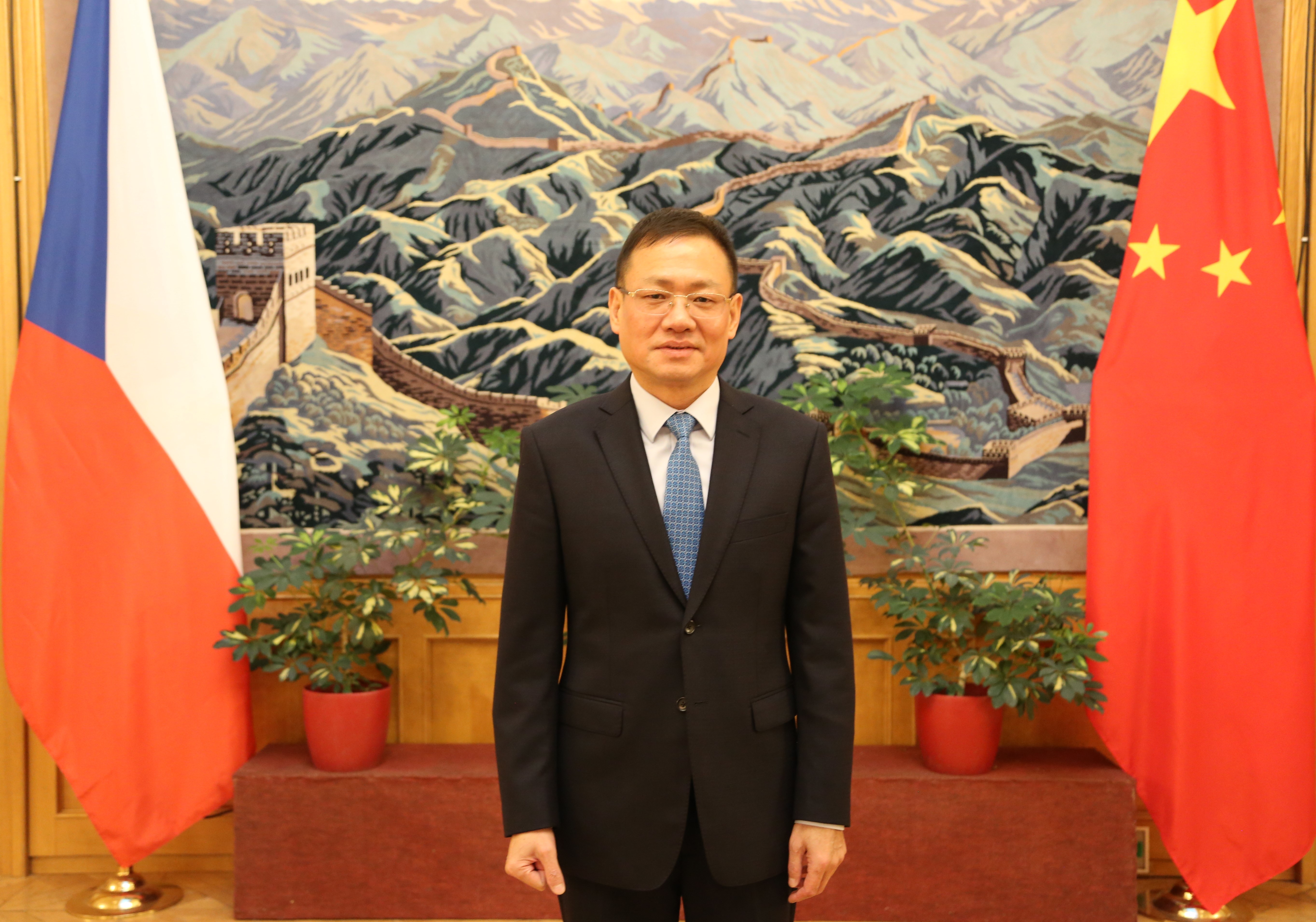| China: From economic Growth to Sustainability |
| 2009-09-28 16:48 |
| Sixty years ago when New China was just founded, Dean Gooderham Acheson, then U.S. Secretary of State, asserted that the Communist government would be unable to feed its 546 million population just like its predecessors. Sixty years on, the 1.3 billion Chinese are not only able to feed themselves, but are expected to lead the world out of the worst economic recession in seven decades. Starting from scratch, the Chinese economy has managed an 8.1 percent annual growth in the past 57 years. As western economies are still struggling in the current financial crisis, Since it adopted the policy of reform and opening up, It's only a matter of time when FOOD SECURITY AND POVERTY REDUCTION Hou Bingxin, a farmer in west "We have to squeeze some wild leaves for food when we could no longer put up with hunger," said the 82-year-old. Hou's bitterness was shared by many who survived famine and malnutrition in the early years of New China. In 1949, Food-rationing coupons had been issued to balance demand and supply in those days when "rice was as precious as gold". It was not until late 1970s when the household responsibility system, modeled on a pilot program in east The new system, which allowed farmers to sell their surplus produce in markets after fulfilling their due quotas to the commune, was an instant success that quickly lifted people out of poverty. To date, Now food is no longer a problem for Hou Bingxin. Varied poultry meat is his regular dish, while wild plants are processed and packaged as healthy food supplements. As food is largely secured for the 1.3 billion Chinese, thousands of millions of Chinese were also rid of poverty. By last year, people with an annual per capita income of no more than 785 yuan (114.6 U.S. dollars) had been reduced from 250 million to 14.79 million, while people on low income, between 786 yuan and 1,067 yuan a year, was down to 28.41 million. A World Bank report in 2008 attributed two-thirds of the global poverty reduction efforts in the past 25 years to In the meantime, FOREIGN TRADE Li Huan, manager of Hong Kong Yuen Tai Trading Co., Ltd, is a big fan of Cantonfair (China Import and Export Fair), China's only international trade fair for many years since 1949. He still remembered his first trip to the fair in 1957 when there was almost nothing to trade. "Only textile products and some local specialty were on display. In total there were no more than 10,000 items," he said. At that time, The reform and opening up policies masterminded by late Chinese leader Deng Xiaoping in 1978 have paved the way for With the blessing of most favorable policy incentives such as tax break and cheap land, these areas became the "powerhouse" of Chinese economy with their export-oriented businesses. In 1950, According to the World Trade Organization, by the end of June this year, During 1953-1957, when the cash-strapped Now with improved infrastructure and legal environment, INSTITUTIONAL REFORM "Can you imagine we used to sell only one piece of duck blood to earn a couple of cents a day?" Jiang Junxian, board of the director for the restaurant marveled as he depicted the bleak days for the century-old chain eatery before 1949, when private businesses struggled to survive amid wars and political chaos. In 1952, the central government decided to put private businesses under public control and establish a Socialist ownership to pool resources together. Since early 1980s, the Chinese leadership started to adopt a pragmatic approach to solve political and socio-economic problems. Policies were made to encourage rises in personal income and consumption, as well as business competition in a bid to stimulate productivity. A beneficiary of such policies, Quanjude has expanded its chain stores to 62, including five overseas. In 2007, the restaurant chain was listed in the Shenzhen Stock Exchange. One year later, its sales revenue topped 1.1 billion yuan (one dollar equals to about 6.8 yuan). Also in 2008, GREEN CHALLENGES As "We should fundamentally transform the growth pattern," said Wu Jinglian, economist and a staunch supporter for As a nation, Since Take However, a high dependence on coal finally brought down Shocked by the punishment from nature, the provincial government decided to close down 2,100 coal pits by the end of 2010, and equip the remaining with clean energy capacities. It also planned to diversify its industry by introducing organic farming. Enterprises are urged to undergo environmental evaluation for their bank credit whereas highly-polluted and energy-consuming construction projects will be curbed. Green technology and renewable energy has been mapped out as the next growth engine. By 2008, according to the Global Wind Energy Council, Government incentives have brought on board some 600 solar cell companies, mostly privately-owned, which produce 44 percent of the world's cells for solar power devices. New energy automobiles are also on the card as the government offers to subsidize owners. In addition, As the Economist magazine put it, despite The Chinese leadership is fully aware of the daunting tasks facing the country. "One point three billion is a very big number," said Chinese Premier Wen Jiabao. "If we use multiplication, any small problem multiplied by 1.3 billion will end up being very big. Likewise, a big aggregate divided by 1.3 billion would come to a very tiny figure," he added. As the 60th anniversary of New China is fast approaching on October 1, the country has already set its eyes onto the challenging future. --end-- |
|
||||||||||||||||
| ||||||||||||||||
|
|
||||||||||||||||







